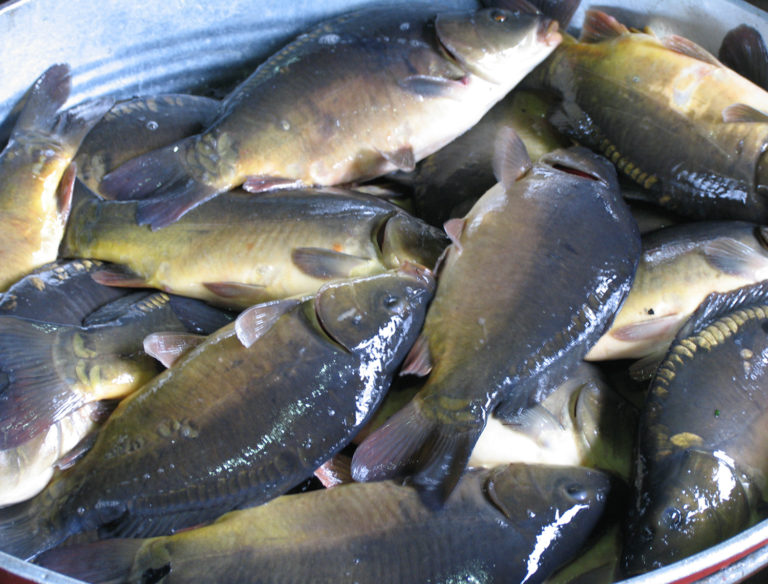
Intelligence
GOAL 2017: Global finfish production review and forecast
Global farmed fish production has increased from 19 million metric tons (MMT) in 2004 to an expected level of 44 MMT in 2017. Next year’s production is expected to be 46 MMT.
Innovation & Investment
MicroSynbiotiX is employing the power of transgenic microalgae to make it cheaper and easier for aquaculture producers to administer vaccines to fish.

Intelligence
Global farmed fish production has increased from 19 million metric tons (MMT) in 2004 to an expected level of 44 MMT in 2017. Next year’s production is expected to be 46 MMT.
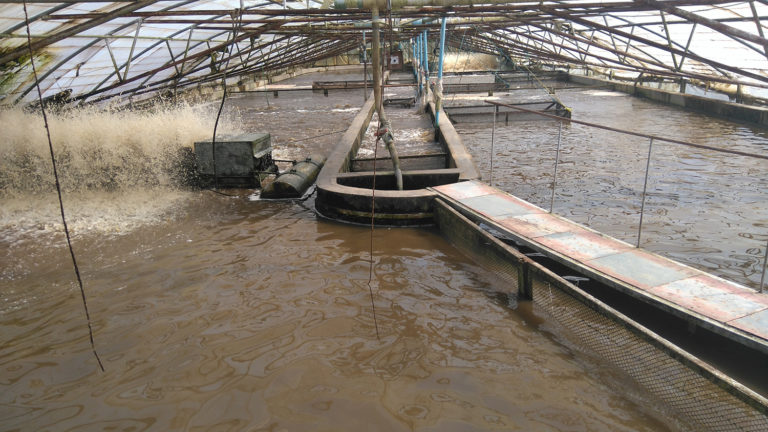
Responsibility
Chambo Fisheries, la granja de tanques de biofloc de tilapia más grande del mundo y la granja de tanques más grande de África, tiene un programa de producción secuencial multi-cohorte continua.
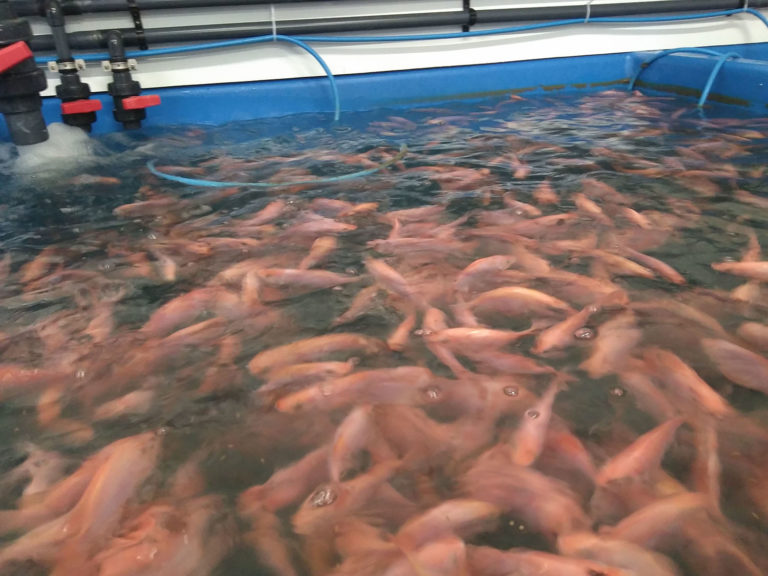
Innovation & Investment
A medida que aumente la demanda mundial de alimentos, se intensificará el enfoque en los recursos hídricos. En Berlín, un proyecto de investigación de cuatro años está demostrando la viabilidad de la acuaponía, que puede reducir drásticamente las entradas de agua.
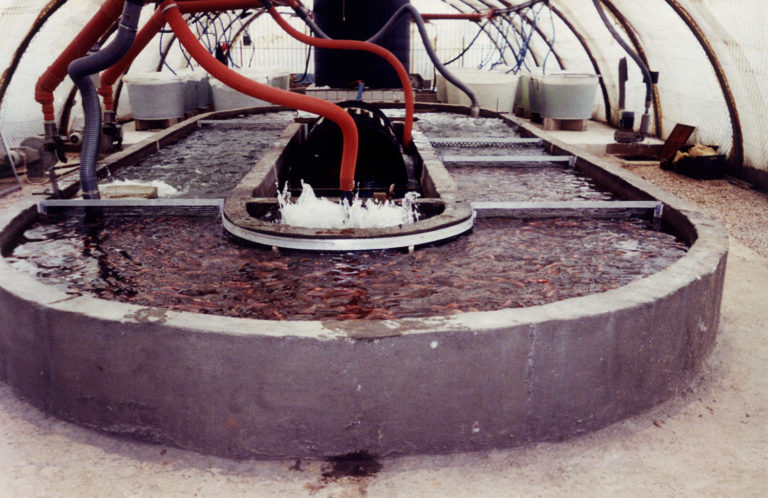
Responsibility
The economic and environmental performance of tilapia biofloc technology systems are compared against other conventional tilapia grow-out production systems, highlighting the merits of BFT as a competitive and sustainable alternative low-cost intensive feedlot technology.

Intelligence
Click-bait headlines playing loose with the truth can do tremendous damage in this age of 24-hour news cycles and short attention spans. Our editor tells a sad fish tale that didn’t pass the sniff test.
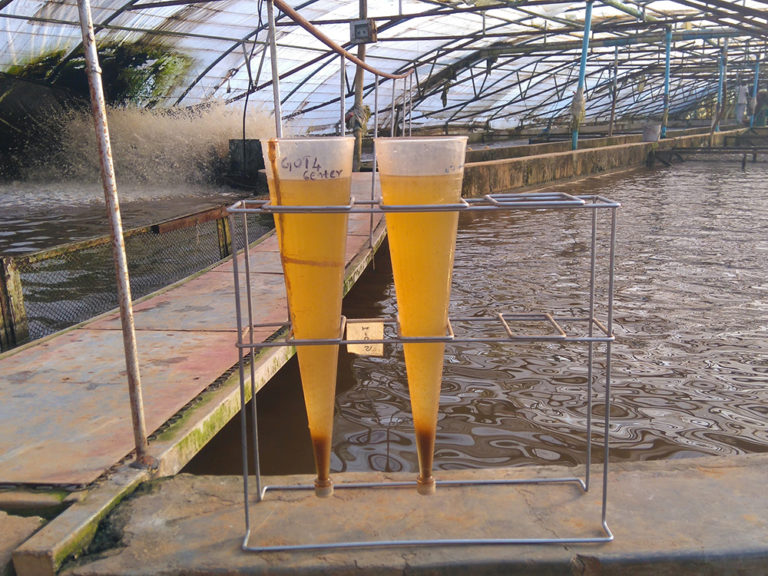
Responsibility
Chambo Fisheries, one of the world’s largest tilapia biofloc tank farms and the largest in Africa, has developed its own, on-farm production of specialized feeds and procedures to optimize feed applications and feeding rates.
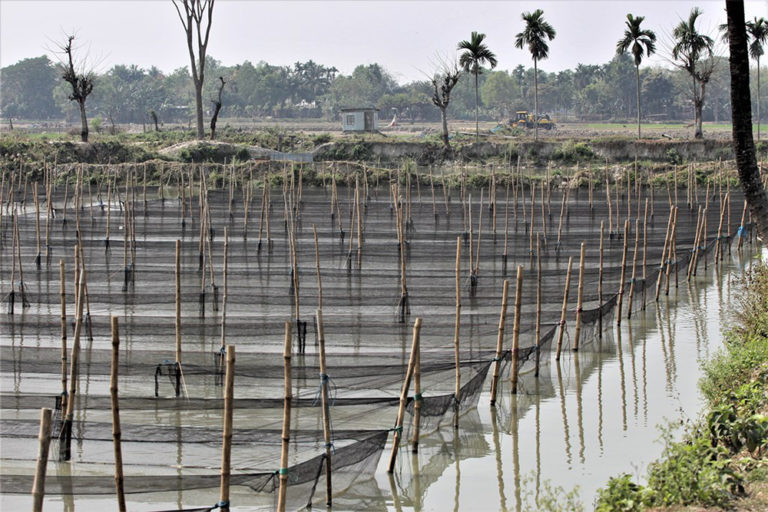
Intelligence
El cultivo de tilapia en Bangladesh se ha desarrollado considerablemente desde 1999, basada en la cepa de Tilapia Cultivada Genéticamente Mejorada (GIFT) de la tilapia del Nilo (Oreochromis niloticus) introducida de Malasia y en el importante trabajo de investigación del Instituto de Investigaciones Pesqueras de Bangladesh (BFRI).

Innovation & Investment
As global demand for food rises, the focus on water resources will intensify. In Berlin, a four-year research project is demonstrating the feasibility of aquaponics, which can drastically cut water inputs.

Responsibility
Chambo Fisheries, the world’s largest tilapia biofloc tank farm and the largest tank farm in Africa, has a multi-cohort, sequential, continuous production schedule.
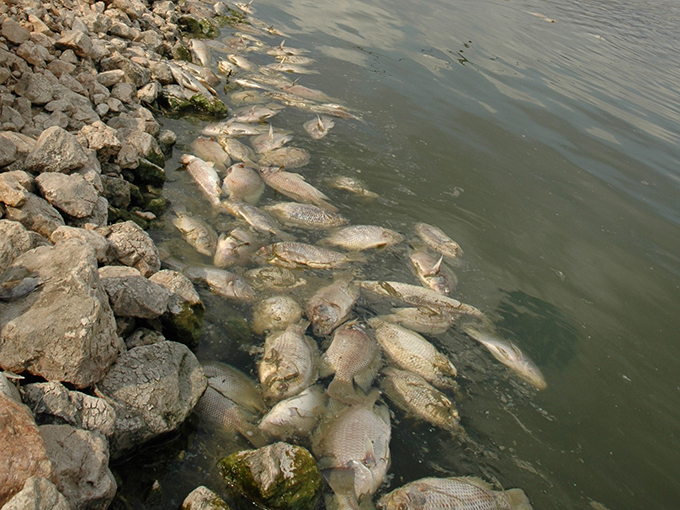
Health & Welfare
Se ha iniciado un esfuerzo internacional de investigación para encontrar una solución para el Virus del Lago de Tilapia (TiLV), un contagio que causa altas tasas de mortalidad en poblaciones de tilapia cultivada y silvestre en Israel, Colombia, Ecuador, Egipto y Tailandia.
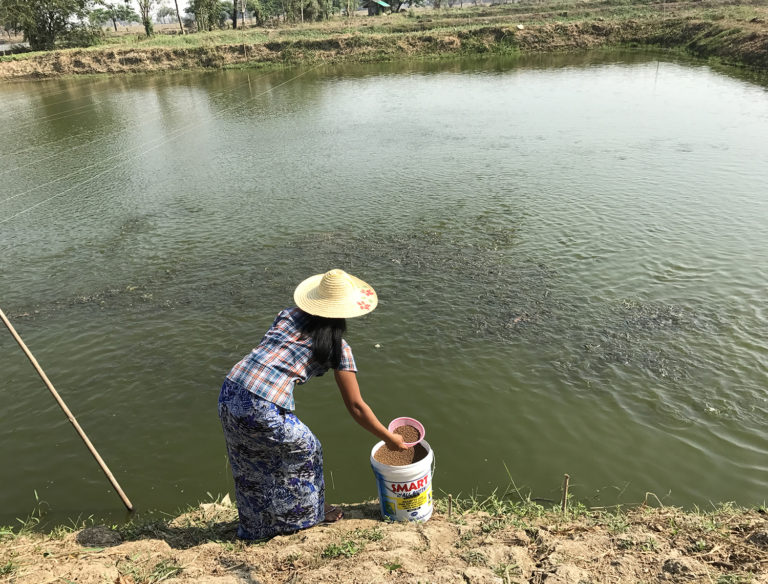
Responsibility
The U.S. Soybean Export Council’s farm demonstrations, farmer education efforts and formulated feeds are boosting tilapia production in rural areas of Myanmar, where indigenous carp are more commonly raised.

Health & Welfare
An international research effort has commenced to find a solution for Tilapia Lake Virus (TiLV), a contagion causing high rates of mortality in farmed and wild tilapia stocks in Israel, Colombia, Ecuador, Egypt and Thailand.

Intelligence
Tilapia aquaculture in Bangladesh has developed significantly since 1999, based on the Genetically Improved Farmed Tilapia (GIFT) strain of Nile tilapia (Oreochromis niloticus) introduced from Malaysia and on the significant genetic improvement research work by the Bangladesh Fisheries Research Institute (BFRI).
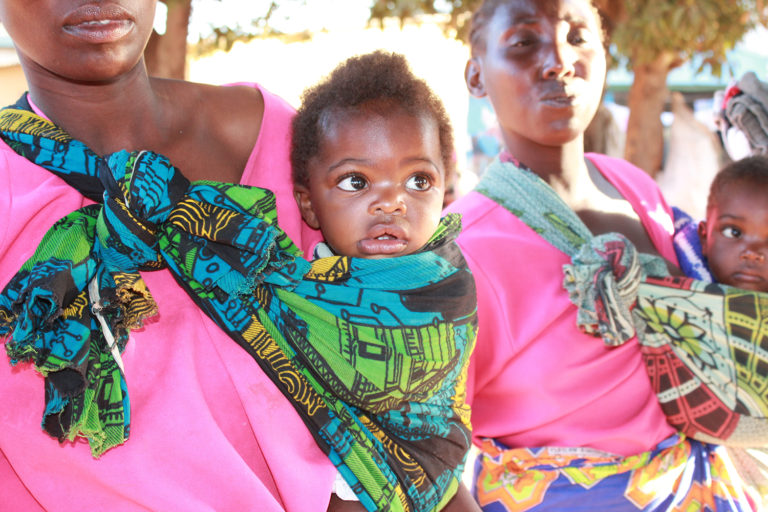
Responsibility
A nonprofit organization working to improve conditions in African prisons is hoping tilapia ponds, tended to by inmates, will aid in their nutrition. A small donation from the Global Aquaculture Alliance will go a long way.
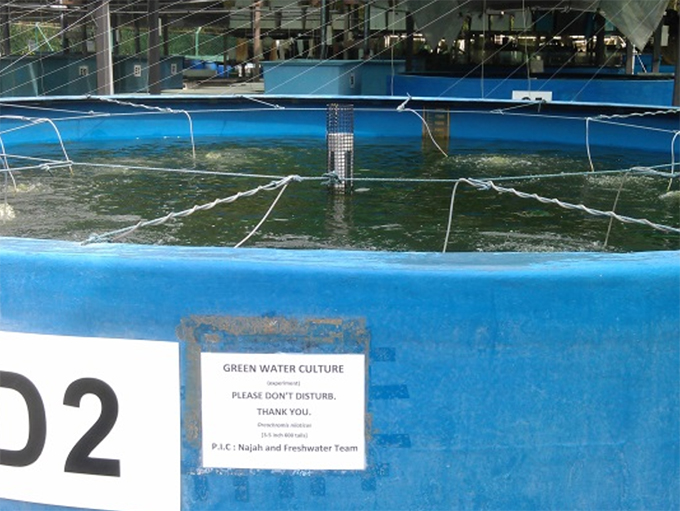
Aquafeeds
Green water, which describes the typical water color in tropical aquaculture facilities, consists mainly of various phytoplankton species along with bacteria, protozoa and zooplankton. It is relatively easy to produce without any supplemented nutrients.